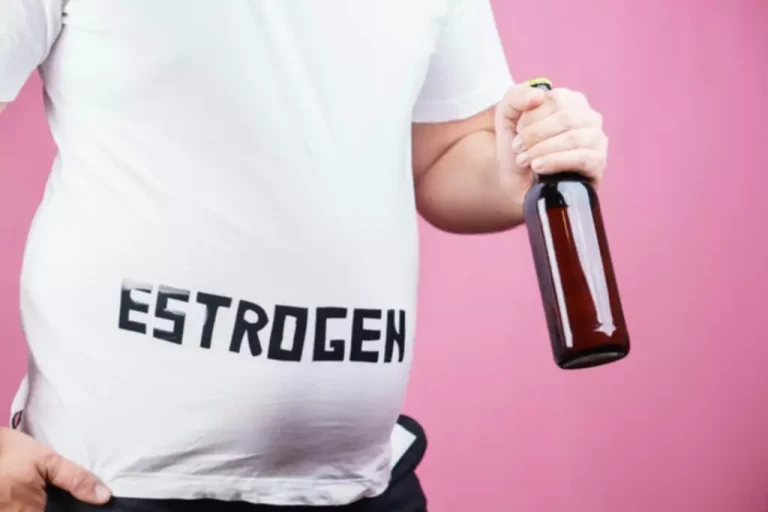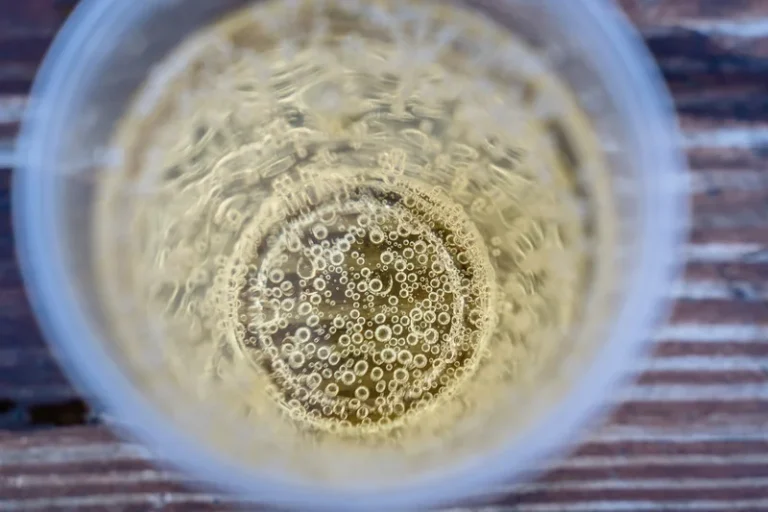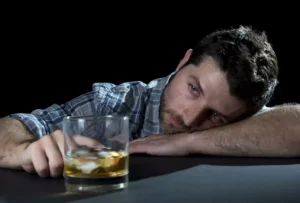
1In operant procedures, animals must first perform a certain response (e.g., press a lever) before they receive a stimulus (e.g., a small amount of alcohol). At the time of publication of the NICE guideline (February 2011), oral naltrexone did not have UK marketing authorisation for this indication. Behavioural therapies focused on alcohol-related problems should usually consist of one 60-minute session per week for 12 weeks. Based on these estimates the average cost of a BCT intervention would be £900 per couple. Mindfulness meditation is rooted in the principles of Buddhism and is characterised by having a non-judgemental approach to experiences that result in the practitioner acting reflectively rather than impulsively on these experiences (Chiesa, 2010). Mindfulness meditation has a goal of developing a non-judgemental attitude and relationship to thoughts, feelings and actions as they are experienced by the practitioner, and not necessarily to change the content of thoughts as in CBT for example (Teasdale et al., 1995).

What to Do When You Are Ready to Break the Cycle of Addiction

Medications also can help deter drinking during times when individuals may be at greater risk of a return to drinking (e.g., divorce, death of a family member). Substance dependence and substance abuse used to be classified as separate health conditions in the Diagnostic and Statistical Manual of Mental Disorders (DSM), which is the guiding manual for diagnosing mental physiological dependence on alcohol health conditions. However, the latest edition, DSM-5, has included both conditions under the umbrella term of substance use disorder. The first category of costs is that of treating the medical consequences of alcohol misuse and treating alcohol misuse. The second category of health-related costs includes losses in productivity by workers who misuse alcohol.
9.2. Clinical review protocol (cognitive behavioural therapies)

Two studies were included to assess the possible difference in outcome between more intensive and less intensive couples therapy. FALSSTEWART2005 assessed BCT (plus counselling) versus brief relationship therapy plus counselling (brief BCT). ZWEBEN1988 assessed eight sessions of conjoint therapy versus one session of couples advice counselling. Social network and environment-based therapies versus other intervention evidence summary. SBNT comprises a range of cognitive and behavioural strategies to help clients build social networks supportive of change which involve the patient and members of the patient’s networks (for example, friends and family) (Copello et al., 2002). The integration of these strategies has the aim of helping the patient to build ‘positive social support for a change in drinking’.
Stages of Substance Use
The development of TSF, which grew out of the initial work of AA, has been developed into a treatment intervention for adults (Project MATCH Research Group, 1993 and 1997) but has not been tested as an individual treatment in young people with harmful and dependent drinking. There have been no programmes for young people built around the 12-step model and, as far as the GDG was aware (or was able to identify), no evaluation of the effectiveness of a 12-step model for children and young people. It should be noted that some residential treatment centres for young people have refined the TSF, resulting in the development of residential treatment models (for example, the Minnesota model [Winters et al., 2000]). However, no formal evaluations in alcohol-dependent young people were identified. The public health guidance on the prevention of alcohol-related problems in adults and young people (NICE, 2010a), and also on community interventions for vulnerable young adults (NICE, 2007b), recognise the value of individual and/or group CBT.

What are the symptoms of alcohol use disorder?
The psychological pull of drugs and alcohol, distinct from physical cravings, can stem from the emotional connection forged between substance use and coping mechanisms. On the other hand, dependence is a condition whereby your body, brain, or both have been conditioned to depend on a substance the individual consumes. Often the consumption of the substance is merely to prevent withdrawal symptoms since the tolerance to the substance is generally substantial. Some clinical features of AUD may also precipitate sleep disorders, such as a preoccupation with obtaining alcohol and AUD-related psychosocial stressors.
- While psychological dependence and addiction are often experienced together, they often overlap.
- SELLMAN2001 assessed counselling (non-directive reflective listening) versus control (no further treatment – feedback only).
- Full characteristics of included studies, forest plots and GRADE profiles can be found in Appendix 16d, 17c and 18c, respectively, because they were too extensive to place within this chapter.
- The therapist instead assumes a reflective attitude to allow exploration of both sides of the client’s ambivalence without unduly arousing defensiveness.
- Researchers found that participants who had a few drinks were better and faster at creative problem solving than their sober counterparts.
The mortality rate is high in this population, nearly four times the age-adjusted rate for people without alcohol dependence. Those who are more severely alcohol dependent are less likely to achieve lasting stable moderate drinking and have a higher mortality than those who are less dependent (Marshall et al., 1994). It is important to note that most of the excess mortality is largely accounted for by lung cancer and heart disease, which are strongly related to continued tobacco smoking. In general, offspring of parents with alcohol dependence are four times more likely to develop alcohol dependence.
- Using alcohol during adolescence (from preteens to mid-20s) may affect brain development, making it more likely that they will be diagnosed with AUD later in life.
- This may be particularly important for service users who have achieved abstinence (note that symptoms of depression and anxiety may remit following successful treatment of the alcohol problem), but whose alcohol use is at risk of returning or escalating due to inadequately treated anxiety or depression.
- You also can screen for depression, anxiety, PTSD, and other substance use disorders using a number of brief, psychometrically validated screening tools, which are described in a 2018 systematic review5 and which may be available in your electronic health record system.
- Other ways to get help include talking with a mental health professional or seeking help from a support group such as Alcoholics Anonymous or a similar type of self-help group.
- From a clinical standpoint, this is important because it underscores the value of these models in identifying and evaluating new treatment strategies that may be more effective in battling the problem of relapse.
- Obviously, if the number and duration of sessions as well as the number of staff delivering the service remained the same, the total costs per person would be expected to decrease significantly.
- A UK study found 26% of community mental health team patients were hazardous or harmful drinkers and 9% were alcohol dependent (Weaver et al., 2003).
- People can learn from families and peer groups through a process of modelling patterns of drinking and expectancies (beliefs) about the effects of alcohol.
- Alcoholics Anonymous is one example; it offers a structured 12-step path toward recovery with a community of support from those who have dealt with similar challenges.
- TSF is based on the 12-step or AA concept that alcohol misuse is a spiritual and medical disease (see Section 6.4 for a discussion of AA).
Treatment can be outpatient and/or inpatient and be provided by specialty programs, therapists, and health care providers. Health care professionals use criteria from the Diagnostic and Statistical Manual of Mental Disorders, Fifth Edition (DSM-5), to assess whether a person has AUD and to determine the severity, if the disorder is present. Severity is based on the number of criteria a person meets based on their symptoms—mild (2–3 criteria), moderate (4–5 criteria), or severe (6 or more criteria). This article explores the symptoms, causes, stages, and treatment of substance dependence, also known as substance use disorder.
10.2. Clinical review protocol (behavioural therapies)

Social approaches focus the work on the social environment, for example families or wider social networks. In some instances, a combination of approaches is used and described under the term of ‘multimodal’ treatment, guided by the rationale that a combination of approaches is more powerful than each individual component. Each category of intervention is discussed in more detail later in this chapter within subsections describing the studies reviewed that are relevant to each type of approach. Clients also are taught strategies for coping with urges to drink and refusing offers to drink.